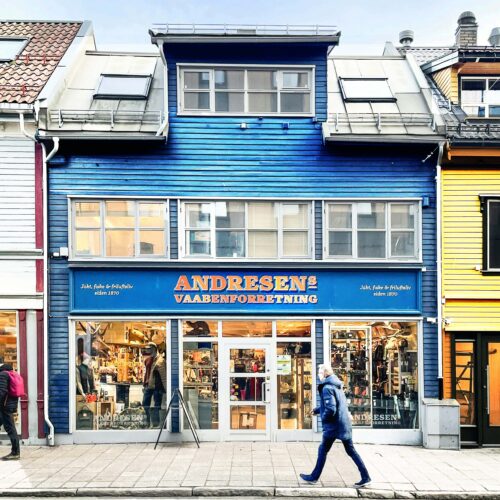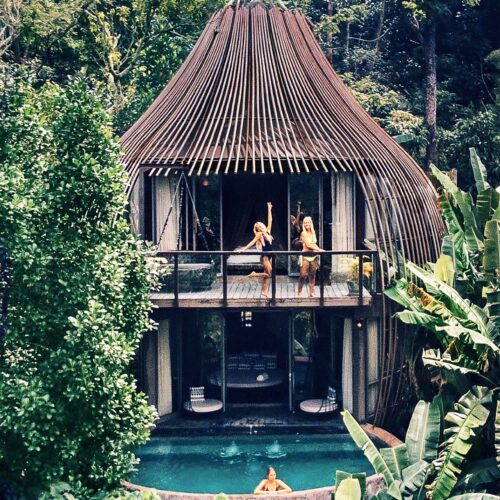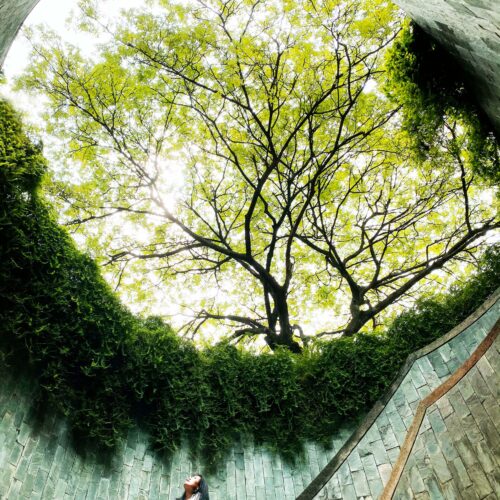In the US? Then Who needs Iceland when you can freeze your tush off in Michigan?
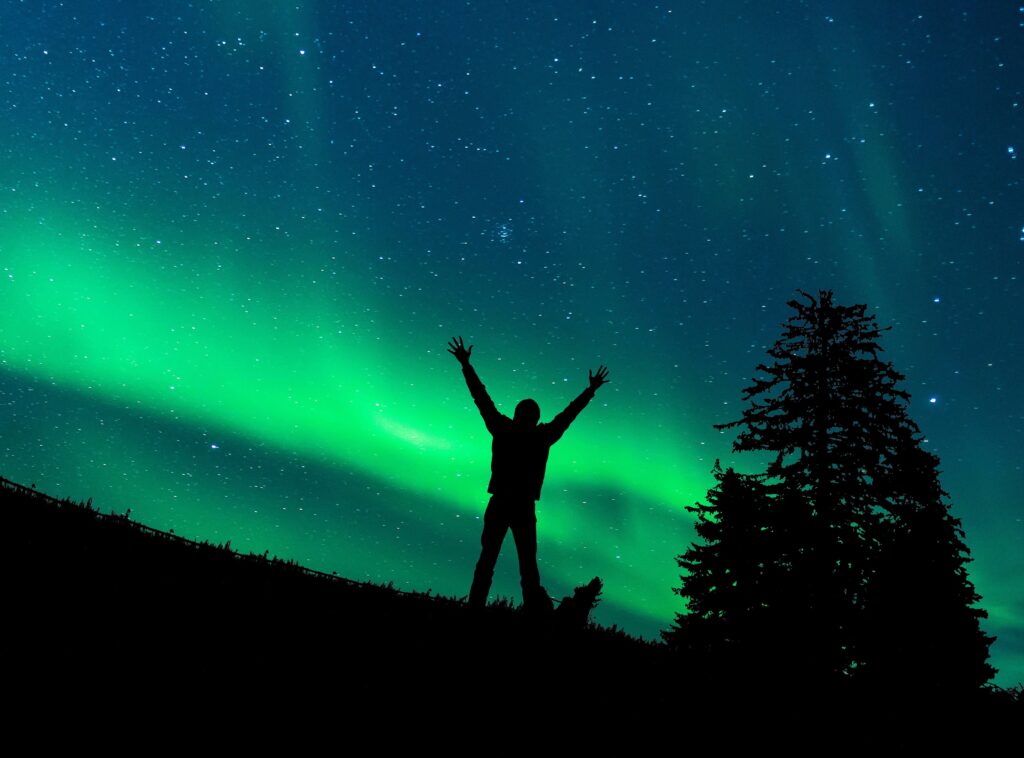
Our listed destinations are excellent for visitors to witness one of Earth’s most incredible natural phenomena, the Northern Lights. In addition to the aurora borealis, these locations offer a wide range of activities travelers can enjoy, such as dog sledding, snowmobiling, and skiing.
They are also located in beautiful natural settings, making them ideal for outdoor enthusiasts and nature lovers. And, each destination has historical attractions that visitors can take in, making these locations for Nothern Lights viewing amazing.
Here they are:
- Abisko, Sweden: Abisko is a small village in northern Sweden renowned for its clear skies, making it an ideal location for viewing the Northern Lights. The town is surrounded by mountains and has a beautiful national park that offers excellent hiking, snowmobiling, and skiing opportunities.
- Reykjavik, Iceland: Iceland is one of the most beautiful countries in the world, and Reykjavik is the perfect place to experience its beauty. Iceland is also known as the “Land of Fire and Ice” because it has glaciers, volcanoes, and hot springs. Reykjavik is an excellent place to view the Northern Lights, and visitors can also enjoy activities like whale watching, snowmobiling, and horseback riding.
- Yellowknife, Canada: Yellowknife is a small city in the Northwest Territories of Canada that is one of the best places in the world to see the Northern Lights. The city is located on the shores of Great Slave Lake, and its clear skies and low light pollution make it an ideal location for viewing the aurora borealis. Visitors can also enjoy ice fishing, snowshoeing, and dog sledding.
- Tromso, Norway: Tromso is widely known as the “Gateway to the Arctic” and is one of the most popular destinations to see the Northern Lights. This city has a unique location above the Arctic Circle, making it ideal for viewing the aurora borealis. Tromso also offers various winter activities, including dog sledding, reindeer sledding, and skiing.
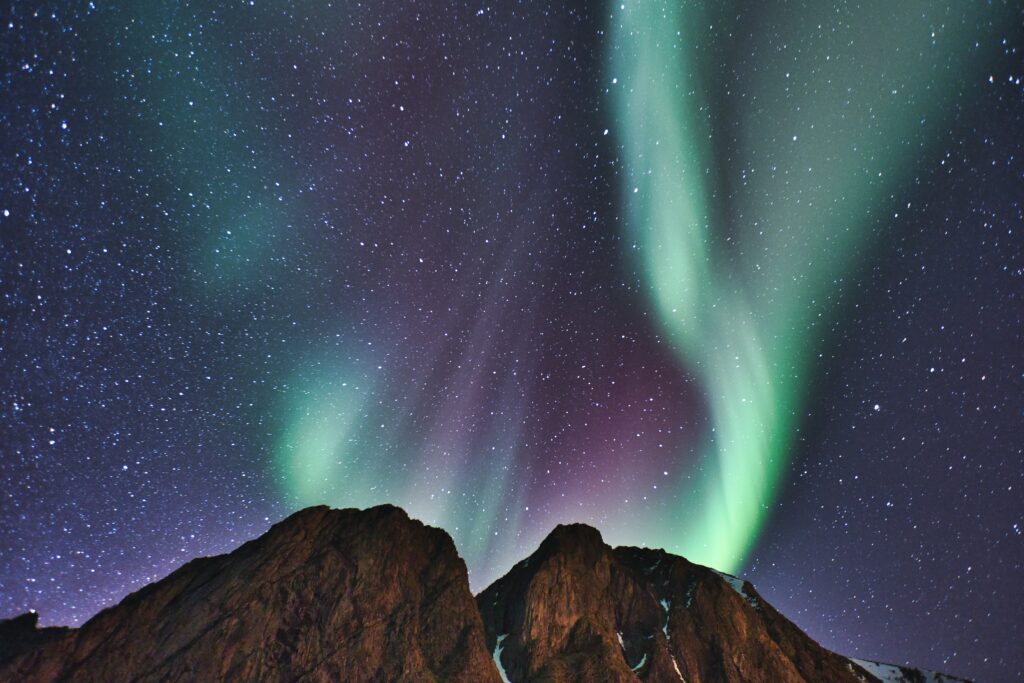
- Rovaniemi, Finland: Rovaniemi is the capital of Lapland, the northernmost region of Finland, and is known as the official hometown of Santa Claus. It’s also an excellent location for viewing the Northern Lights because it is above the Arctic Circle. Visitors can also enjoy activities like visiting Santa Claus Village, husky safaris, and snowmobiling.
- Fairbanks, Alaska: Fairbanks is one of the best places in the United States to see the Northern Lights, as it’s located directly under the “Aurora Oval,” an area where aurora activity is the most frequent and intense. Fairbanks also has a range of winter activities, such as skiing, dog sledding, and ice fishing.
- Anchorage, Alaska: While not as good as Fairbanks, Anchorage offers great aurora viewing opportunities. It’s also a larger city with various attractions, such as museums, art galleries, and restaurants.
- Upper Peninsula, Michigan: The Upper Peninsula of Michigan is far enough north to offer occasional glimpses of the Northern Lights, particularly during high solar activity. It’s also a great place to explore the Great Lakes, forests, and waterfalls.
- International Falls, Minnesota: International Falls is located near the Canadian border in northern Minnesota. It’s far enough north to offer occasional aurora sightings and an excellent location for outdoor activities such as fishing, hunting, and snowmobiling.
- Mount Baker, Washington: Mount Baker is a popular skiing destination that occasionally offers Northern Lights views. The ski resort is relatively remote, making it an ideal spot for stargazing and aurora hunting.
Remember that seeing the Northern Lights in the United States is not guaranteed, and visitors should plan their trips around times of high solar activity and clear skies.
The best months to view the Northern Lights are typically from September to April, when the nights are long and dark. However, the exact timing of the aurora borealis can vary from year to year and location to location.
It’s important to note that the Northern Lights are a natural phenomenon and unpredictable, so there’s no guarantee that they will be visible even during the best months. It’s also important to remember that viewing conditions, such as weather and light pollution, can affect your chances of seeing the Northern Lights.
Did you know?
- The Northern Lights are not unique to Earth. Similar phenomena can also be seen on planets like Jupiter and Saturn.
- The colors of the Northern Lights are determined by the type of gas particles colliding with the sun’s charged particles. Oxygen molecules usually create green and red auroras, while nitrogen molecules create blue and purple auroras.
- The Northern Lights can produce sounds often described as crackling or hissing. These sounds are caused by the charged particles hitting the Earth’s atmosphere and are usually too faint for the human ear to detect.
- The Northern Lights can also have a noticeable effect on animals, such as causing cows to produce less milk or prompting dogs to howl. Some indigenous cultures even believe that the Northern Lights have a spiritual significance and are a sign of the spirits of their ancestors.
- While the Northern Lights are most commonly seen at night, they can sometimes be visible during the day. This phenomenon, known as “daytime aurora,” occurs when the sun is low on the horizon, and the sky is still relatively dark. However, it’s much rarer to see the Northern Lights during the day than at night.
A little history:
The Northern Lights have fascinated and intrigued people for centuries, with many cultures developing their unique explanations and myths about this natural phenomenon.
The first recorded observation of the Northern Lights dates back to ancient Chinese and Greek astronomers, who noted strange lights in the northern sky. The ancient Chinese believed that the lights were the breath of dragons, while the Greeks associated them with the goddess Aurora, who would bring the dawn each day.
In more recent times, the Northern Lights were first studied scientifically in the 18th century, when researchers began to investigate the electrical nature of the phenomenon. However, in the 19th century, the actual cause of the Northern Lights was discovered.
In 1859, a British astronomer named Richard Carrington observed a massive solar storm, which caused a bright aurora to appear across much of the Northern Hemisphere. This event, known as the “Carrington Event,” was the first time scientists could directly connect solar activity with the Northern Lights.
Since then, researchers have significantly advanced their understanding of the Northern Lights. Today, we know that the Northern Lights are caused by charged particles from the sun colliding with the Earth’s atmosphere.
When these particles enter the Earth’s magnetic field, they are deflected towards the poles, colliding with gas particles in the upper atmosphere and producing characteristic colorful displays.
The Northern Lights continue to be a source of wonder and inspiration for people worldwide. Today, many people travel to remote locations in the far north to witness this natural phenomenon firsthand.
Researchers continue to study the Northern Lights to unlock the secrets of our planet’s magnetic field and the sun’s influence on our atmosphere.
